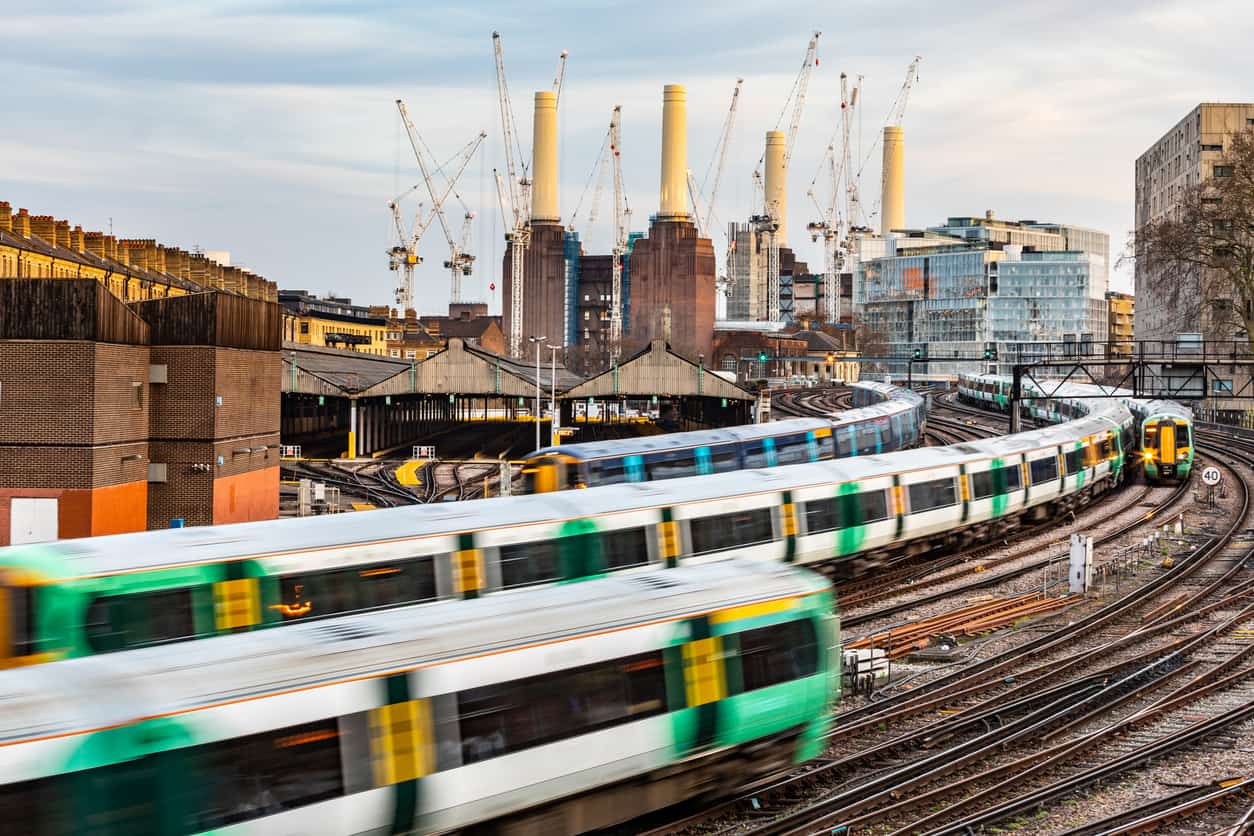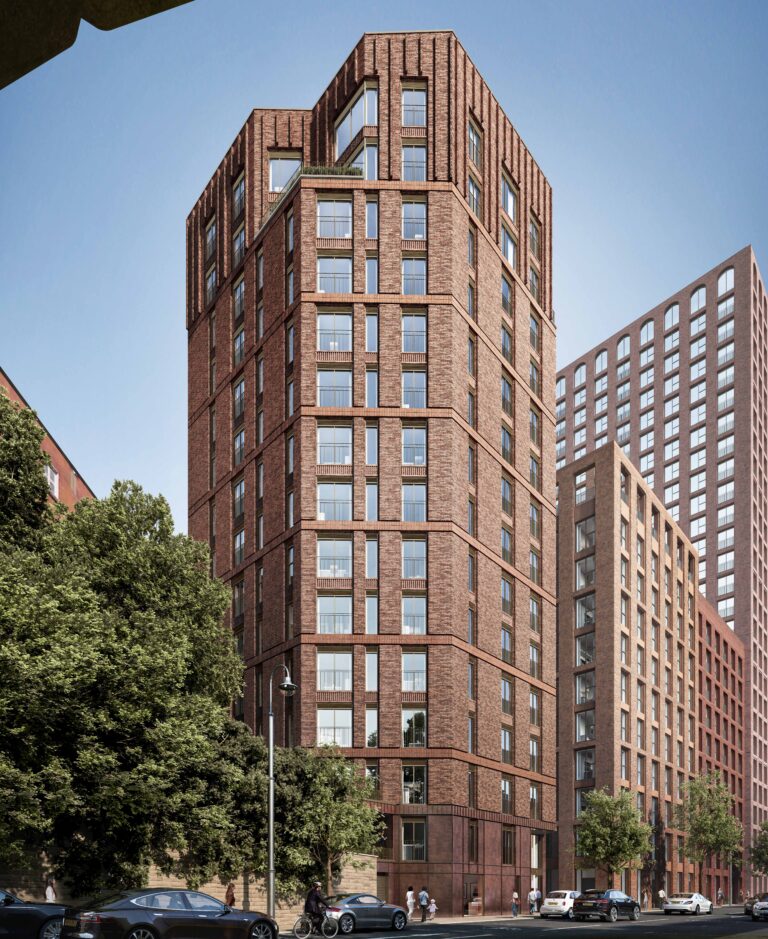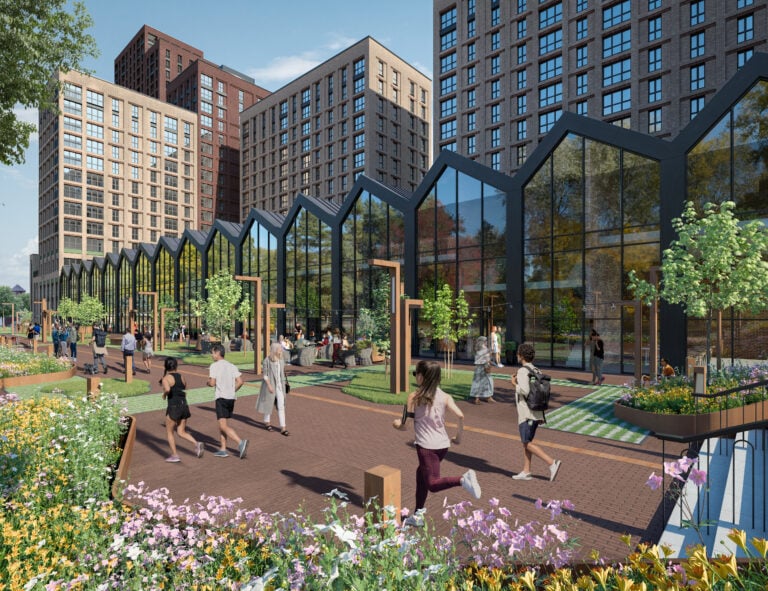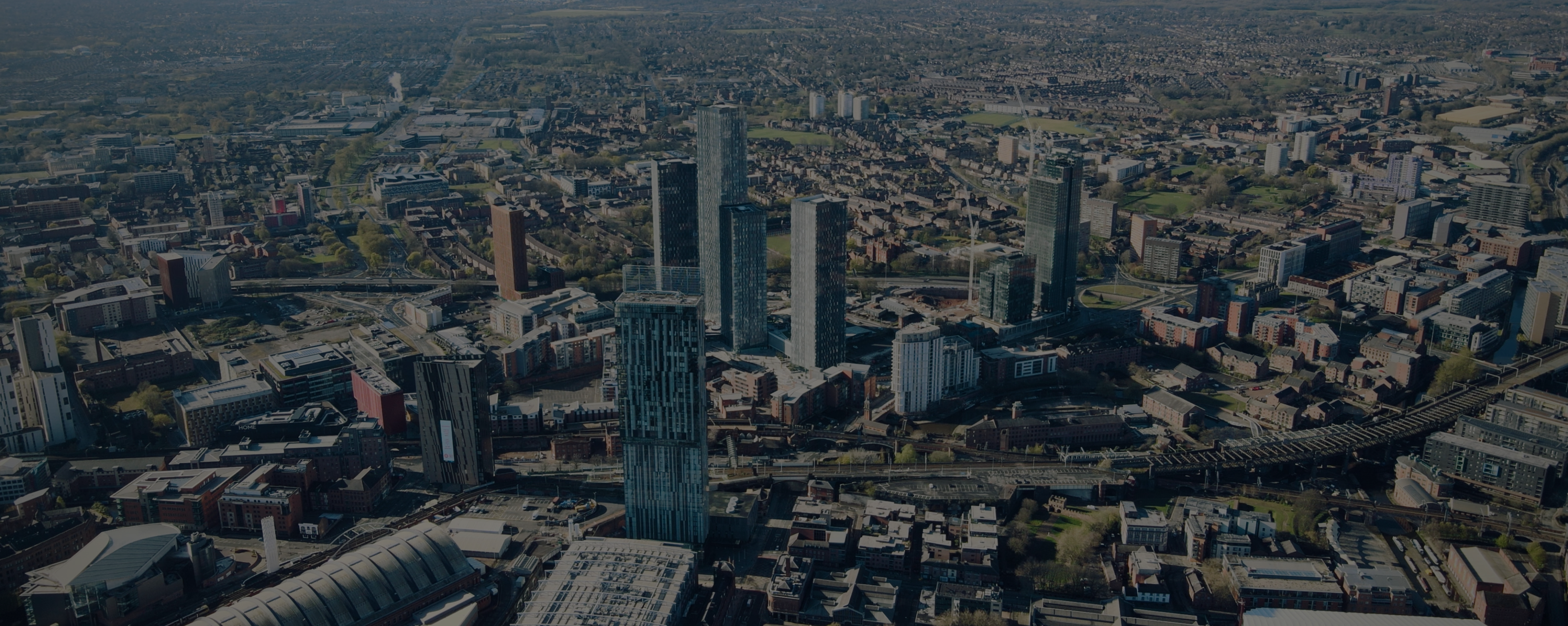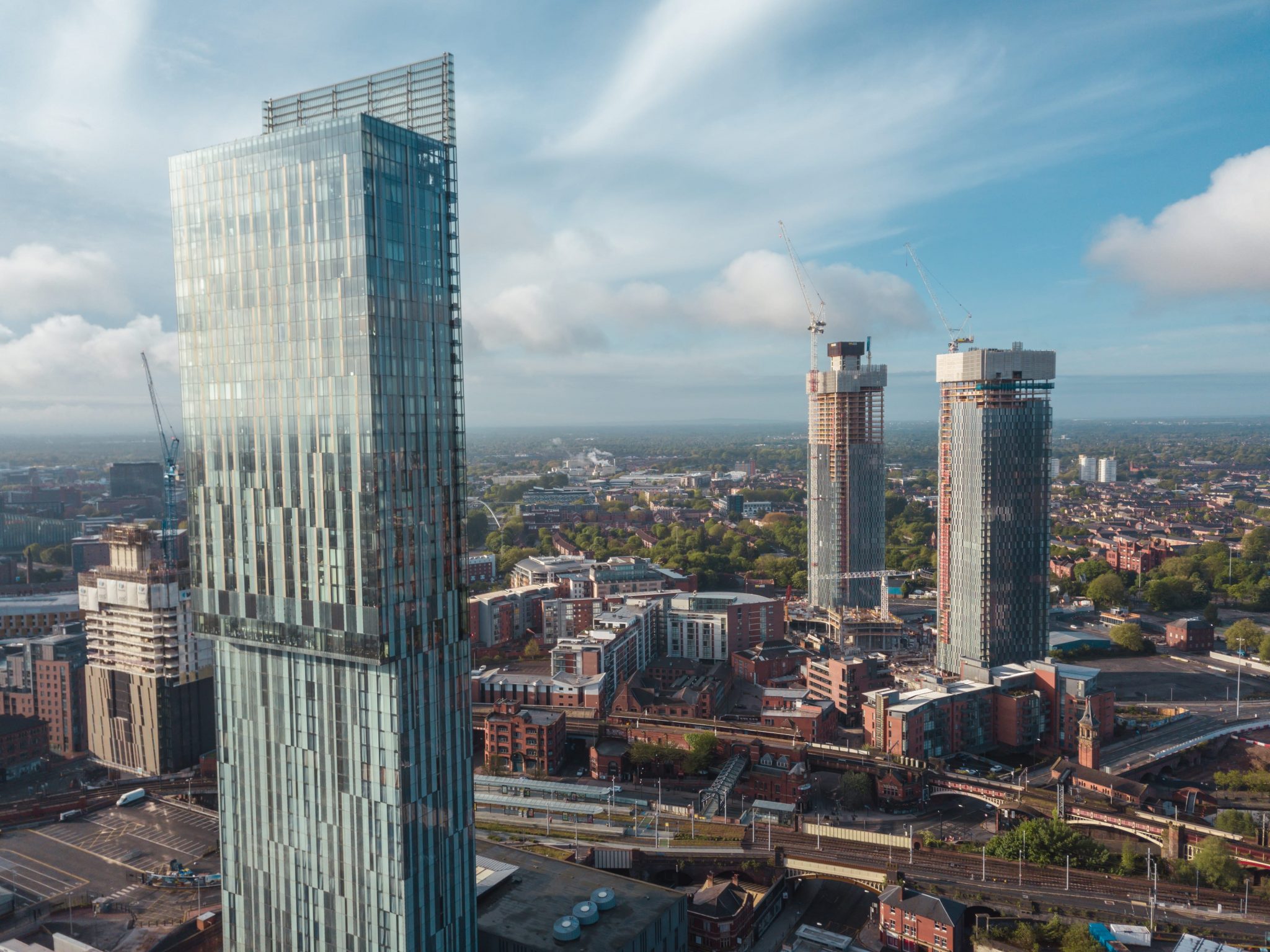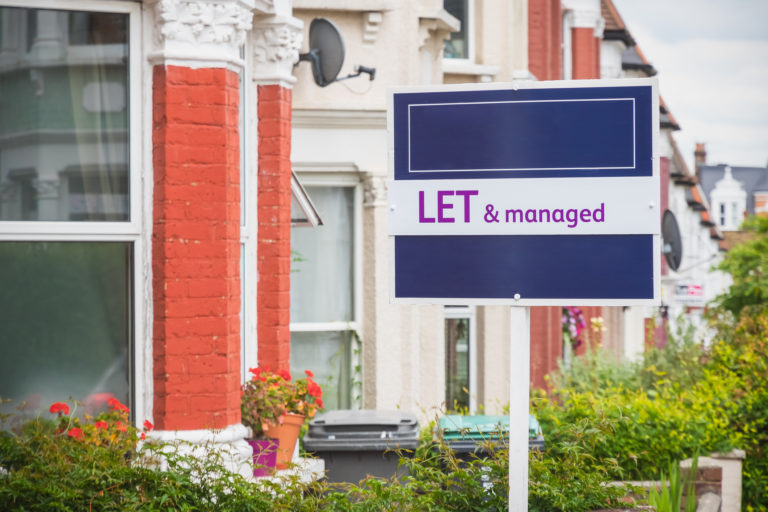When buying a home or investing in a property, proximity to good transport links is often a key consideration, but planned improvements can also have a big impact on future house prices.
With the government keeping both housebuilding and infrastructure improvements high on its agenda for the coming years, new opportunities are set to be unlocked across the country that are likely to result in a major boost to the investability of some areas.
Part of the government’s strategy involves redeveloping disused land near commuter transport hubs, with work already underway in many places. New housing, more businesses, better transport links and a generally more appealing location can all result from this investment, and history shows that these types of redevelopments can have a positive effect on house prices in the area.
For property investors, looking at the demographics of an area can help to determine the level of tenant demand, and ultimately the returns they might see on their investment. As transport improvements take effect, more young professional tenants and renting families are often drawn to the area thanks to its accessibility boost, which tends to mean better long-term value for landlords.
This means that spending time researching areas where transport and infrastructure improvements are mapped out can bring high-yielding opportunities for investors. Getting involved before the final result can increase the prospect of faster capital appreciation, which is a particularly desireable outcome in the current climate.
Case study: The Elizabeth Line
Construction of London’s east-west ‘Crossrail’ line started back in 2009, and was fully opened in 2022. It runs from Reading and Heathrow out to the west of London, through the centre of the city stopping at places like Paddington, Bond Street, Liverpool Street and Canary Wharf, through to Abbey Wood in south-east London (in the Borough of Greenwich). Another section of the line takes travellers further east as far as Shenfield in Essex.
Costing around £19bn, the new line has transformed travel for many commuters in and around the city, offering a fast and modern option where travel between the east and the west had previously been problematic. And the effect on each of the locations that the Elizabeth Line now connects has been hugely positive.
A new study from SpareRoom has studied how rental prices have changed on the route since its inception, particularly in the outer zones in Essex and Berkshire. In particular, it highlights Shenfield has having seen a 52.9% surge in rental prices between Q1 2021 and Q1 2025, followed by Romford with a 45.9% rental price increase, and Langley with a 42,5% increase.
To put this into perspective, the average increase for the South East region as a whole during that time period was 34%, showing that rents have significantly accelerated since the arrival of the Elizabeth Line in the areas where the stations are located.
Looking at house prices, a separate report released by CBRE Research last year revealed that average house prices across all the London stations on the Elizabeth Line had increased by a huge 80% between 2008 (just before construction began) and 2023 shortly after the line was officially opened. This compares with an average of 74% for the wider areas, meaning a 6% growth premium for homes close to the line.
The data shows that the fastest growth in house prices was towards the earlier stages of construction, as buyers sought to capitalise on the project. The growth then began to slow down from around 2017, although areas around stations continued to outperform their boroughs in terms of house prices.
Locating a transport-focused investment
Thanks to the government’s renewed focus on investing in areas of high need, there are multiple major transport upgrades and regeneration projects taking place across the country, with a particular focus on regional towns and cities rather than the capital.
HS2 is the UK’s largest infrastructure project currently in progress, which will connect London with Birmingham offering significantly faster journey times. Four new stations are being built to support the new service, at Euston, Old Oak Common in West London, Interchange in Solihull, and Birmingham Curzon Street.
These locations are already attracting huge levels of investor interest as new homes are being built close to the stations, with strong growth in house prices expected to result from the wider regeneration project.
Further north, the Transpennine Route Upgrade is a multi-million-pound programme of railway improvements aimed at enhancing links between York and Manchester via Leeds and Huddersfield, significantly boosting transport options across the north of the country. This involves station upgrades across key parts of the line, which again will bring an uplift in opportunities for property investors around these areas.
Its expected completion date is around 2030, meaning there is a good window of opportunity now to seek up-and-coming investment options to capitalise on the new network.
Other northern towns and cities including Manchester, Stockport, Liverpool, Bolton and Leeds have separate smaller travel and transport upgrade work taking place, offering exciting opportunities for investors looking to get ahead of any uplift in house prices as a result.
If you’re looking for a property investment opportunity in a high-growth location, get in touch with BuyAssociation today to find out about our current and upcoming projects.
